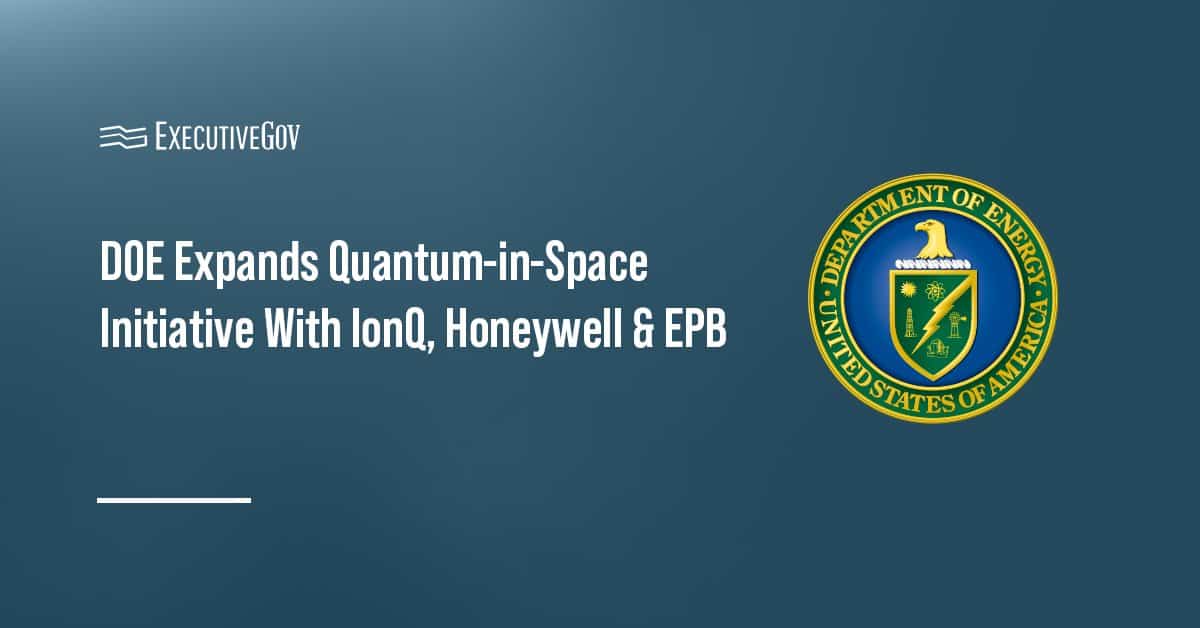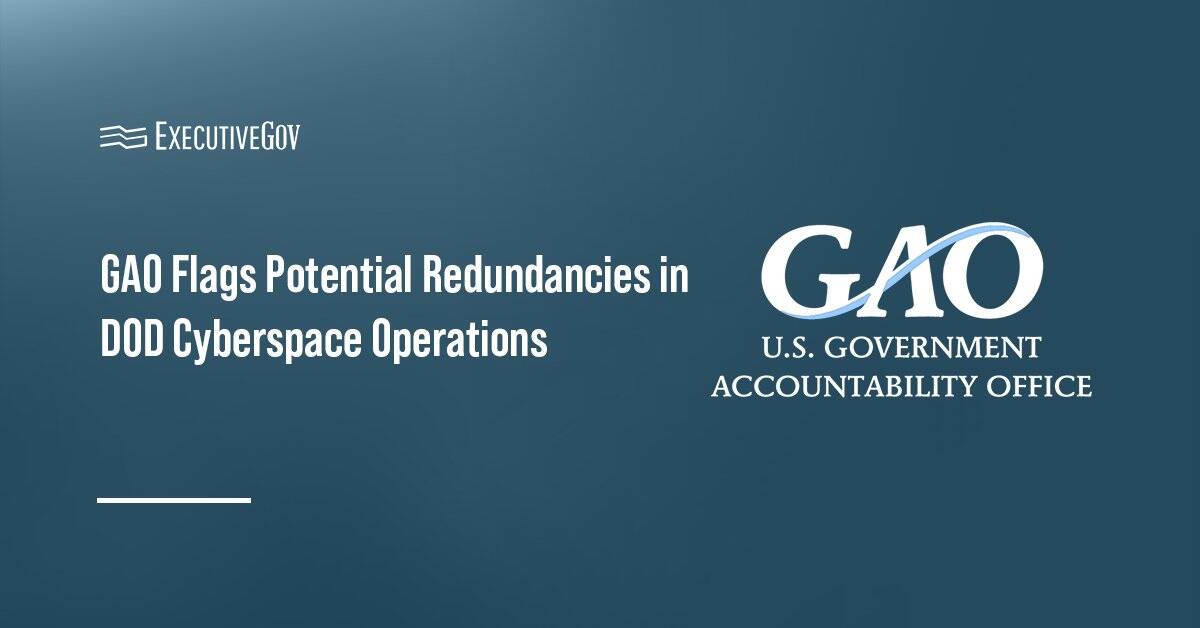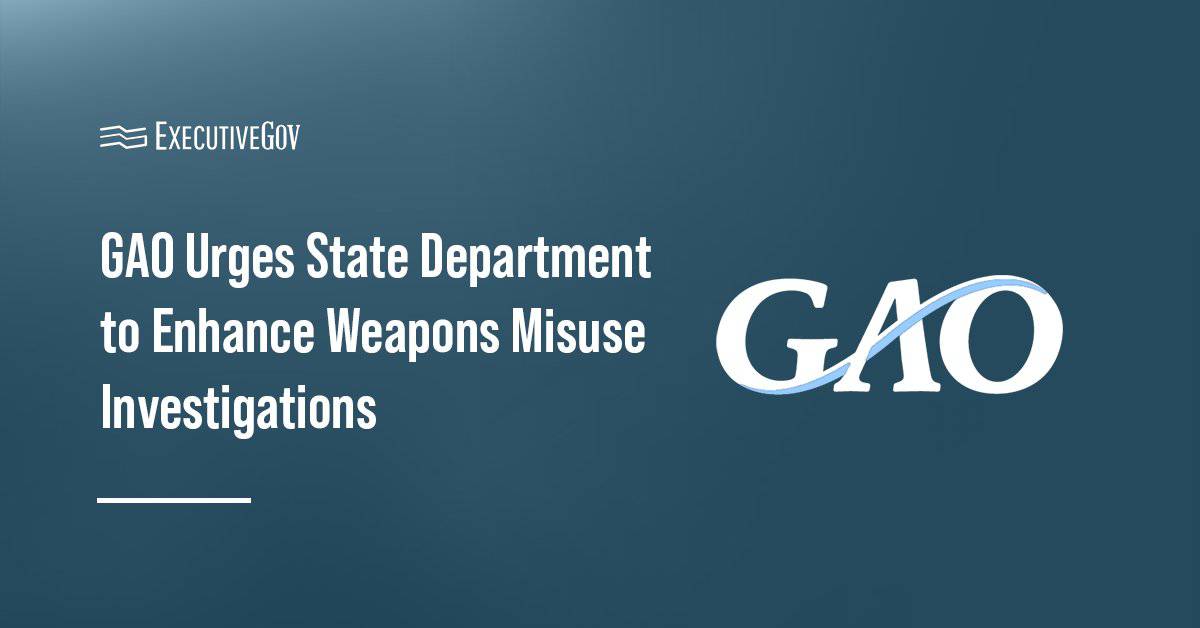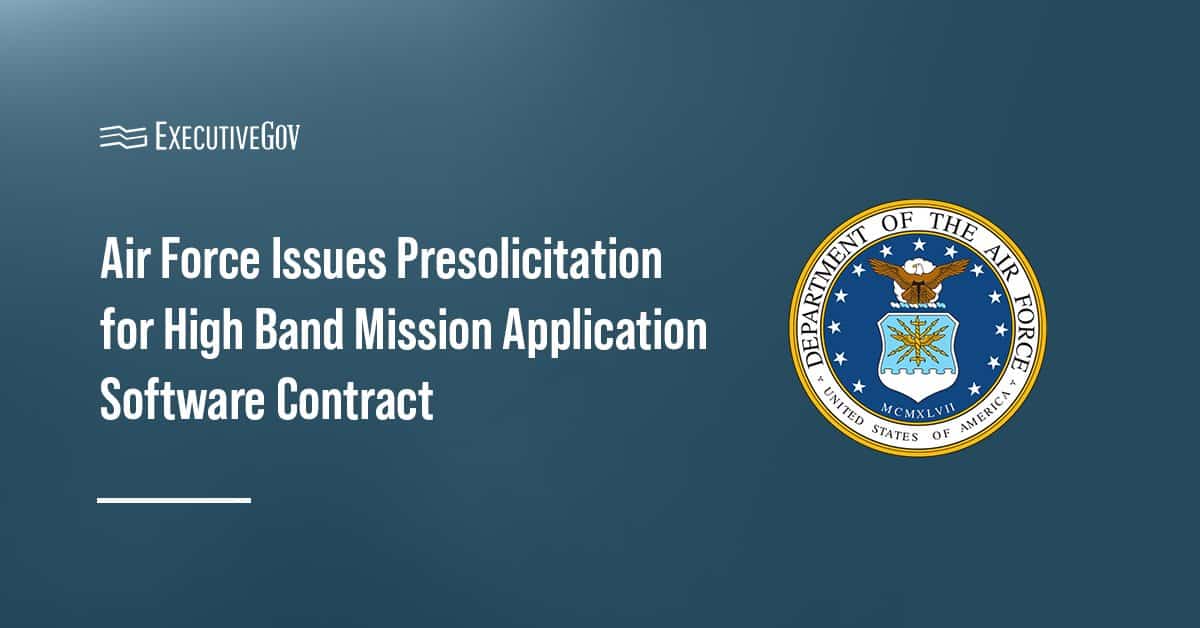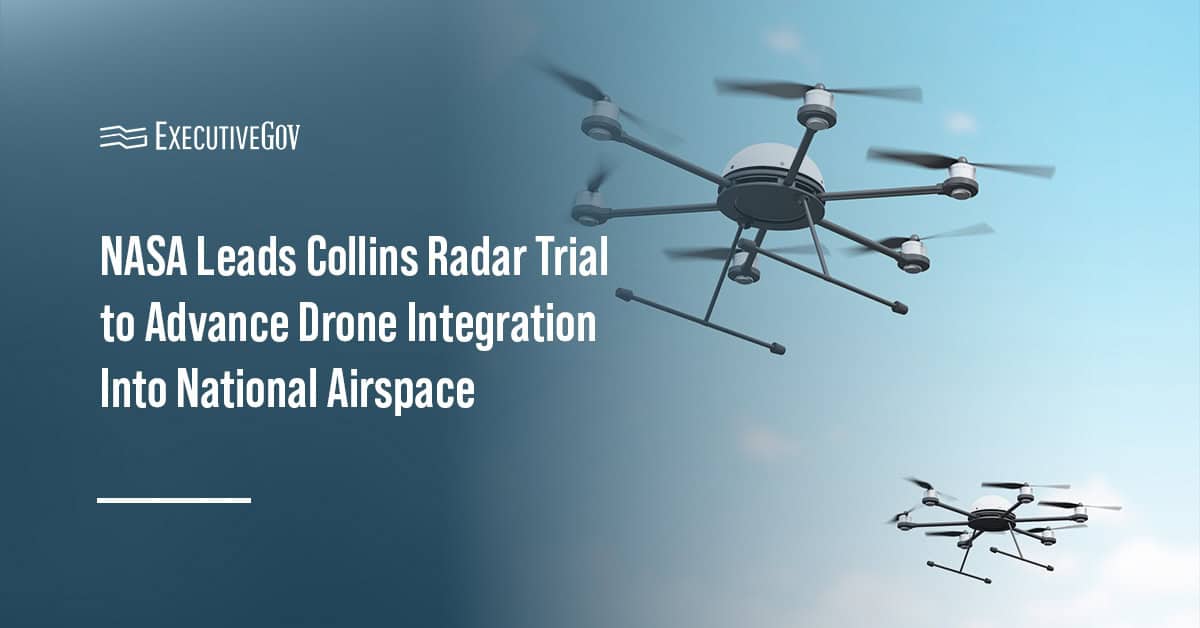The Department of Energy’s Office of Technology Commercialization has announced the addition of IonQ, Honeywell and the Electric Power Board of Chattanooga, or EPB, to its Quantum-in-Space Collaboration.
Hear experts discuss the impact of quantum computing on national security during a panel discussion at the 2025 Intel Summit on Oct. 2! Register for this action-packed GovCon networking event before it’s too late.
Table of Contents
Advancing Space-Based Quantum Capabilities
DOE said Wednesday the three new signatories will join the collaboration, which unites government, industry and academic partners with a common goal of accelerating the development and deployment of space-based quantum capabilities technologies to strengthen national security.
“This expansion shows how DOE is building the bridge from demonstration to deployment by adding commercial partners that can bring lab-proven systems into orbit and open pathways to market applications,” said Anthony Pugliese, DOE chief commercialization officer and director of OTC.
Quantum-in-Space Collaboration
The DOE initiative is evolving into a significant testing ground for quantum technologies, providing the DOE, Department of Defense and NASA a platform for feasibility studies and demonstrations. The collaboration currently includes the following companies:
- Boeing
- Axiom Space
- USRA
- Vescent
- Qrypt
- Blue Origin
- Infleqtion
- Accenture
- Nebula
“This collaboration will help us seed a quantum sandbox in space to support resource exploration and manufacturing of high-value products leveraging microgravity, as well as explore new capabilities,” said Rima Kasia Oueid, DOE senior commercialization executive and lead architect of the Quantum-in-Space Collaboration.



